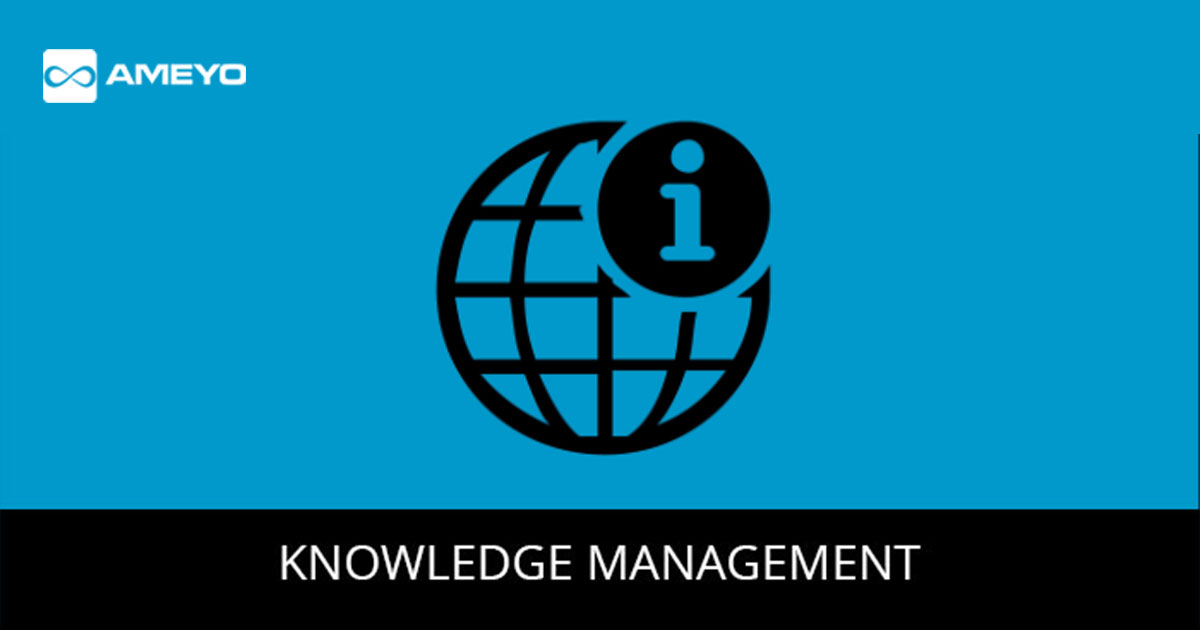Knowledge management or KM, as it is popularly known, has a variety of connotations for various people. A number of organizations look at KM as a procedure to share information critical to its functioning. For many other businesses, KM essentially means the maintenance of documents that allow the technicians and engineers to share data, design and best practices.
However, for call center managers, it essentially translates into providing the agents a handy tool for resolving problems. This tool might be anything ranging from a simple database containing answers to a highly advanced help system. Broadly, KM could be defined as an array of practices that lets a call center to maximize its business values by maintaining, gathering and delivering knowledge at important junctures of the business practices.
Objectives of Knowledge Management at a Call Center
Knowledge Management system helps to to achieve certain measurable and specific goals. The broader areas include:
- Reduced Cost of Services: Knowledge management significantly aids a call center to reduce its customer service cost by decreasing the number of repeat calls, reducing the number of times required for wrap-up and call handling, and enhancing the ability of the agents to solve specific customer problems. By enhancing the performances of the agents, the company not only saves resources but also gains access to a better pool of labour.This is because the company could afford to use a less number of individuals with domain knowledge and specific skill sets. Additionally, the KM practices could help a company to divert considerable traffic amount to online self-service. The improvement in customer services enhances results in other operational sectors as well.
- A Marked Improvement in Services: Knowledge management practices also lead to a significantly better quality of services. It enhances the possibility of customers receiving the right response and that too at a faster pace. Thereby, decreasing the need to put the concerned customer on hold or transferring the call to another agent. Needless to say, improved customer services could do a world of good to any organization. It has been found out that a higher business score on the Customer Experience Index translates to improved traffic and increased loyalty.
- Multichannel Service Consistency: Without the deployment of a KM mechanism, it is indeed difficult for an organization to comprehend the answers that the customers get, let alone control the same. The employment of KM practices ensures that customers who ask the same question are in receipt of the same answer irrespective of agent, channel of interaction, and mode of interaction. Only when the necessary consistency factor has been achieved, the organization could think about increasing the quality and efficiency any further.
- Enhancement in Agent Productivity: Call centers spend a huge amount of money in training agents – an area that necessitates resources unnecessarily. It used to be a good idea earlier. However, the recent spike in automation and self-service has transformed the functioning of the call centers. Earlier, agents used to sort out all the problems encountered by the customers. However now, only the complicated issues are escalated to the agents.Now, instead of focusing too much on training, the practice is to provide the best support software to the agents so that even new agents could handle the problems easily. Consequently, the time necessary to train an agent has substantially reduced from 2 months to a week. Also, the rate of disposal of problems has enhanced, leading to a significant spike in agent productivity.
- Online Extension of Call Centers: It has been seen that customers usually take the web route in order to get answers to their questions. With the internet becoming bigger and better with each passing day, KM identifies the roles it could play in enhancing the web-based interactions. Thus, most organizations are now resorting to applying multichannel communication system with the help of KM in order to extend better services to the customers.
- Ease in Outsourcing: When a company outsources its consumer services, it is not a very simple process to customize agents and get used to a new line of products. However, the adoption of KM practices ensures that the transition is very easy. The cost for outsourcing also reduces significantly.
- Simplicity in Merging Call Centers: The challenge involved here is largely similar to that of outsourcing. However, the adoption of KM practices ensures that the merger is fast and simple and doesn’t involve too much training for the agents, in order to get acclimatized to a new line of services.
Most of the call centers are increasingly resorting to the application of knowledge base software in their daily call center functioning thus leading to an enhancement in efficiency.

